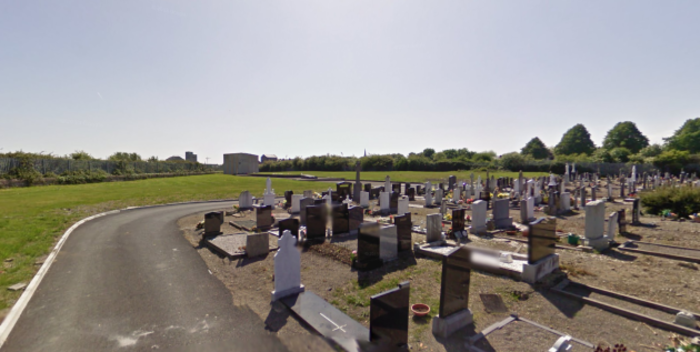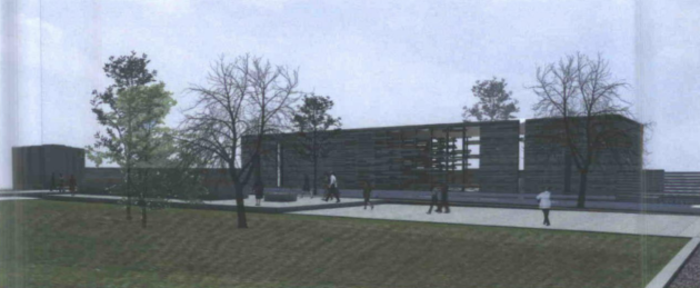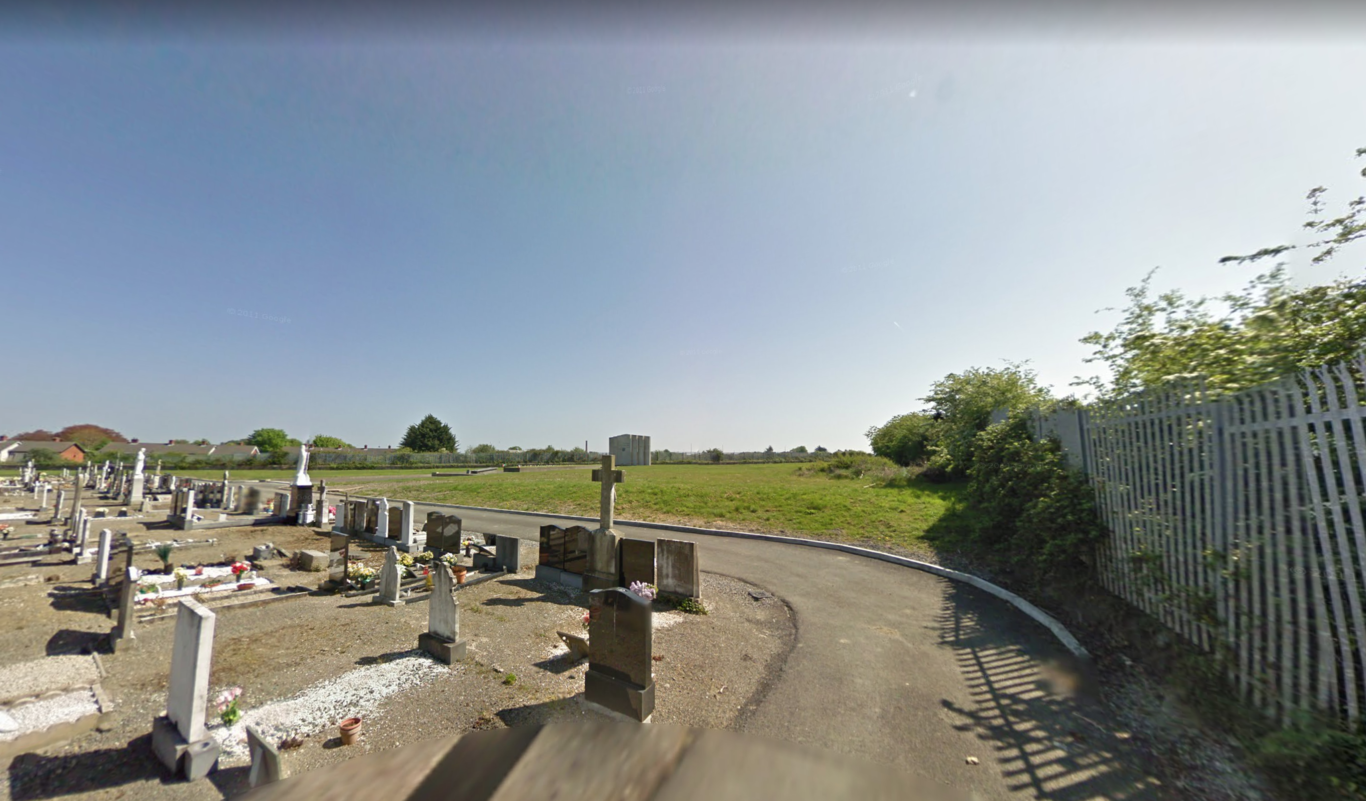Glasnevin plans for a chapel over the graves of the 'poor of Dublin' have been rejected
Thousands of babies are believed to be buried at the St Paul’s Cemetery site.
A PLAN TO construct a new chapel and car park on a site where it is estimated thousands of babies were buried has been refused planning permission.
Glasnevin Trust received the all-clear to begin construction work on the project at St Paul’s Cemetery from Dublin City Council earlier this year.
The site, on the opposite side of the Finglas Road to the larger Glasnevin Cemtery grounds, was used as a free-of-charge cemetery for the “poor of Dublin” during the early 1900s.
Despite numerous complaints, the local authority gave the green light to the project on the basis that developers would liaise with the city archaeologist to try to minimise the disturbance of graves on the site.
Following the approval, the council’s decision was appealed by Alan Harmon of Bourke’s Funeral Directors to An Bord Pleanála.
An inspector that reviewed the planning dispute recommended the board grant permission to Glasnevin Trust.
The planning inspector said they were satisfied the technology the applicant proposed to use during development would avoid disturbance to existing remains buried at the location.
However, the national planning authority decided not to take on board the inspector’s advice. In its decision, An Bord Pleanála said the location was a “highly sensitive site”.
It said development would “seriously interfere with the integrity and setting of individual graves and of Saint Paul’s Cemetery”.
“As such, it would seriously erode and interfere with the cultural, historic and social heritage of the cemetery, which the board considers important to protect.”
 The proposed green site for the chapel
The proposed green site for the chapel
The plans for development at the burial site included the construction of a single-storey chapel building with an office, store, kitchenette and toilets.
The new chapel would have capacity for 100 people attending funeral services and would also have space for coffin storage.
The application also requested permission to create a new 74-space car park, extend the road system to service the new building and install reflective water pools within a walled garden where people could commemorate those buried at Glasnevin.
Complaints
Objections focused on Dublin council not giving enough consideration to an environmental officer’s report that said the development fails the “due decency test”.
Harmon also said Glasnevin Trust underestimated the number of graves that would be affected.
There are 3,900 burials recorded on the site of the proposed chapel, according to the trust, the majority of which are stillborns, infants and small toddlers from the workhouses and asylums.
“The numbers under the proposed car park are not known, but given the size of the area and general pattern is it likely to be 10,000 or more,” Harmon claimed.
He also alleged the proposed building is commercial in its nature and is needed to “raise revenue for the overall heritage redevelopment of the cemetery”.
Glasnevin Trust argued that the chapel would not be a commercial development. The group claimed it would not be used as a crematorium and instead to “cater for funeral services”.
 A view of the proposed chapel
A view of the proposed chapel
The group added that the Church of the Resurrection at Glasnevin is in “urgent need” of structural conservation and restoration and the new chapel proposed would have functioned as an interim chapel for when the larger facility was out of commission.
The trust also argued that the chapel development would be an appropriate use of the site and they would ensure measures were taken to commemorate those buried at the location.
“In the past 100 years no one has come forward to commemorate those buried here or to mark their graves. Glasnevin Trust are intending to honour and commemorate those buried here in a respectful way.
“The building of the chapel, and surrounding gardens and landscape will provide a fitting environment in which the poorer citizens of Dublin can be remembered.”





